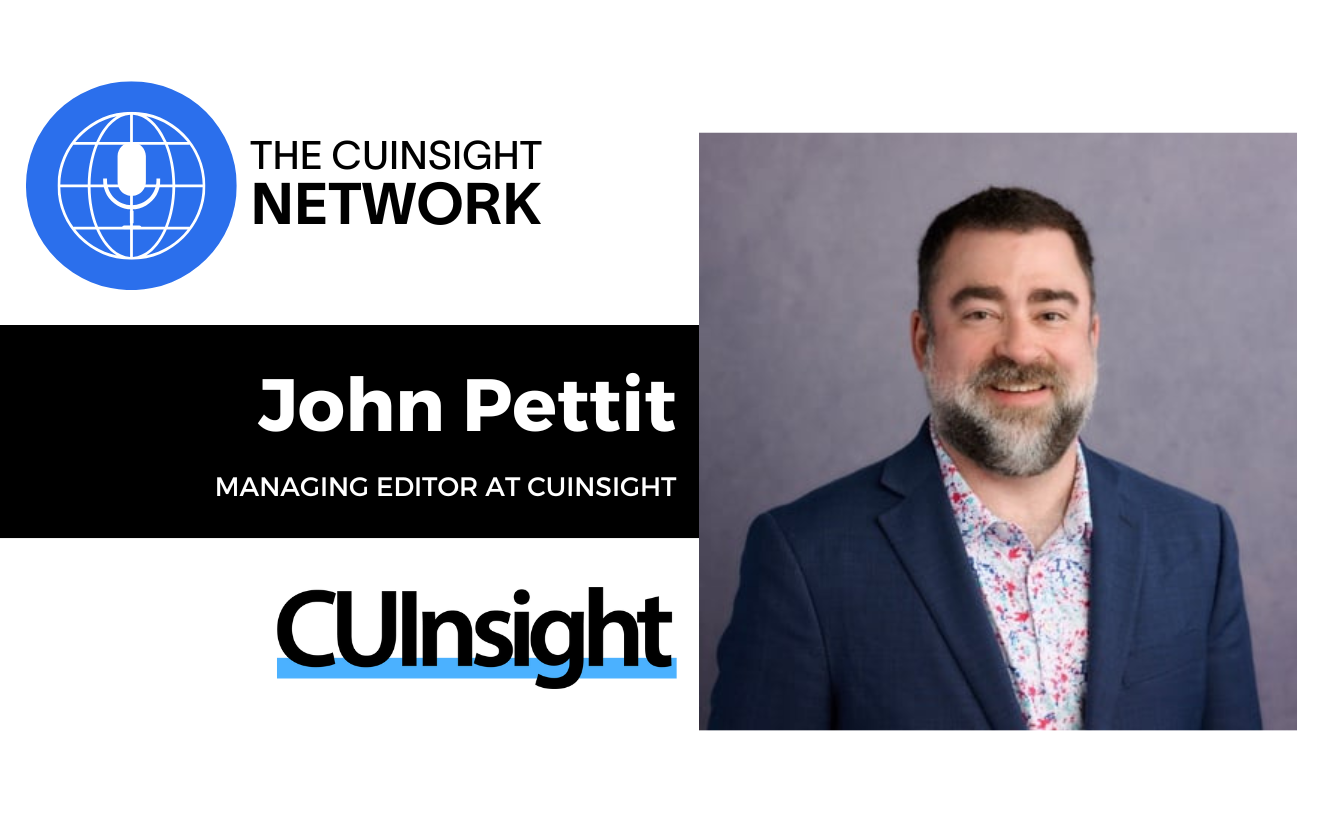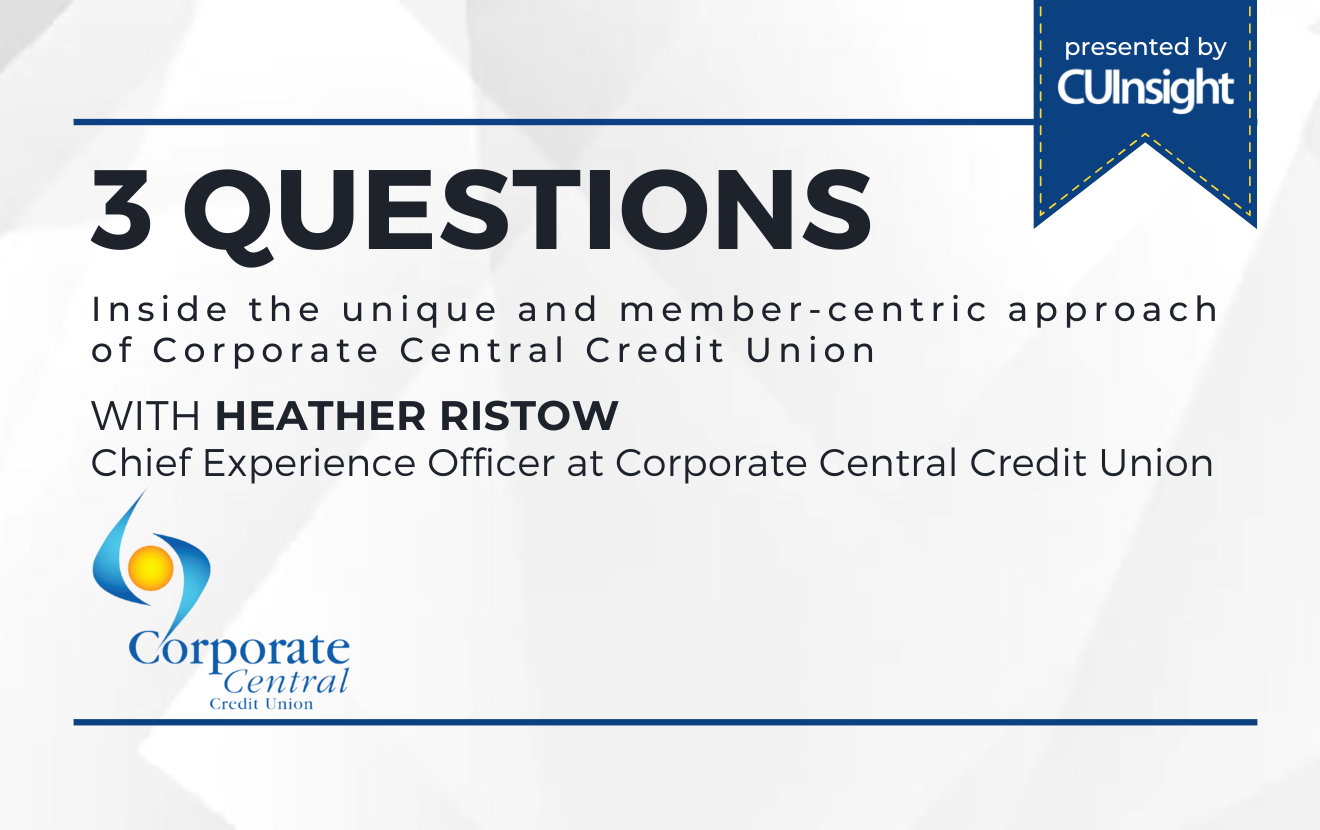When JFK set the goal in 1961 to land a man on the moon and return him safely to earth by the end of the decade, most people couldn’t truly embrace the vision or get their arms around it. All they saw were challenges. Big ones. Today, Elon Musk, the visionary behind PayPal and Tesla Motors, sees a day when a “Hyperloop” is used to transport people from LA to San Francisco in 30 minutes. Like the moon, the Hyperloop is considered exciting but said to be impossible because of safety issues, urban planning, zoning, costs, and many other issues. People tend to see challenges rather than opportunity. So it is with the notion of a 72-hour mortgage.
The Mortgage Moonshot or “Hyperloop”? Closing a Loan in 72 hours.
JFK, Musk, Jobs, Gates, Edison, Ford, Ben Franklin. Each had a vision.
I’m not suggesting Zero-to-Close in 72 hours is anything near a moon landing, yet the mere suggestion means we are planning for a better member experience, lower costs and greater mortgage lending efficiency.
If we have a willing buyer and a willing seller who agree on purchase terms, along with a lender willing to serve its borrowers’ needs, why not design a process with appropriate and configurable risk controls to accommodate everyone’s needs? Electronic closing within 72 hours of a seller’s acceptance. Houston, we have ignition!
If, using today’s technology, a Realtor can list a house on the local MLS where a potential buyer can then take a virtual tour and schedule an on-site visit through a shared calendar -- why can’t we use technology to move faster through the entire buying and financing process? Why can’t, at the conclusion of the on-site visit, the buyer and seller agree on and sign purchase terms, which are then imaged and sent to their lender’s loan management system - all electronically? Why can’t the loan management system process the loan, automatically assigning it to an underwriter, secure a title search and commitment, and order a satellite image of the property juxtaposed over the entire property value history, neighboring value history, with market trend analysis quantifying future property zoning changes, school district assessments, city and county tax budget assessments, local economic trends with employment and business growth projections? No reason, really. The technology exists.
So, why can’t we move faster? Because many experienced and intelligent people believe we can’t. There’s tradition for one, and housing finance is a tradition-bound business. Also, there’s business practice. A good example is allowing borrowers to self-originate their mortgage. Credit unions have been on this forefront for a decade; many other industry players are still on the sidelines. Then there’s the regulatory environment. Do we dare mention the 72-hour close with the current regulatory environment as it is under Dodd-Frank, CFPB, valuation, fraud, secondary market acceptance, GSE data quality initiatives? Sure we do. While each of these factors has a part to play, none should be considered insurmountable.
Think of all the technology we went to the moon WITHOUT in 1969. When JFK set the goal, most of the technology required for its accomplishment did not exist. The difference with our mortgage moonshot is ALL of the technology exists. We simply have to use it. Think about it. The technology we have allows us to better assess borrower capacity by cross-referencing education, skill, wage data, employer’s financial health, local economic health, employment attendance records, and resume history. The tools we have also allow us to better assess borrower character by accessing driving history, criminal history, medical records, credit history and social group connections. The same is true for collateral assessment. We routinely map all the data points within UAD/UCDP and loans secured through the secondary market. Credit assessment is simplified as well, giving us access to purchase transactions via debit and credit cards, credit use and trends. Many 720 FICO score borrowers returned their house keys when their mortgage balance exceeded their housing value. Is that a Credit issue or a Character issue? That’s another article.
Zero-to-Close in 72 hours is a real possibility if we manage technology to match our intended risk tolerances and processes. I purposely pressed some social buttons to get you thinking about how much information is available. I seriously believe we can successfully close a mortgage loan faster, offering a significantly better experience, at a lower overall cost, and within safety and soundness policies. How will you manage your borrower experience and lower residential lending costs? Time is money. 72 hours is cheaper than 60 days. Are you ready to go to the moon and back for your borrowers?







